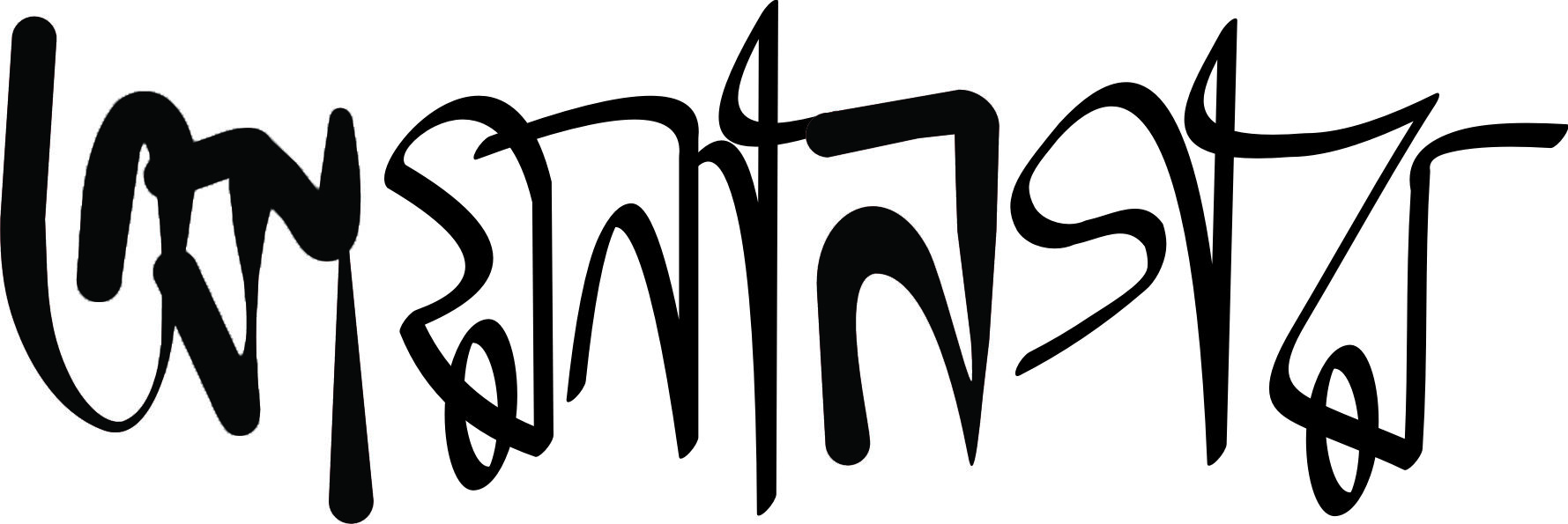During our school days – when we were in the eighth grade or so – a friend, a girl was seen at the lunch break – crying her eyes out. She would not share anything with us. Finally, we came to know from another classmate that a male friend of ours in the class had an altercation with her and ended up saying – “Whatever you say it does not matter, we can gang-rape you any moment if we want to. You are at our mercy.”
Our school was one of those rare co-educational vernacular schools in Calcutta. The staff – though a few could not get used to the fact that they were teachers and not inspectors – were generally liberal. We grew up in an ideal situation of not having to care too much about the gender divide. Our consciousness of gender arose from the natural curiosity of adolescence, rather than a from a perspective of power or possession.
So it was shocking.
It was also strange because she refused to talk about it. She was feeling tainted, somewhat responsible for what was said to her.
We should have talked about it to the boy, who actually said it. It was inconceivable to us as to how his mind worked. We always knew him as a friend – as normal a person as one could get.
It is still inconceivable. And that is how it is – our everyday, our almost benign interactions are suffused with intonations of sexual violence and fear. But one moves on, or gets used to it, or none.
What we have in this March 2014 issue are mostly not about all that. But the increasing threat (or increasing, though selective, media coverage of the threat) posed by humans of a certain gender on another invariably seeps in – for example – Srabani Dasgupta’s short story and Nilanjana Kumar’s paintings. Subrata Dasgupta’s story on freedom and confusion of the new-gen. young `Bangali corporate woman’; Nandini Dhar’s poem questioning the representation of an Indian Mother – the one with a long political and aesthetic history in India, especially Bengal; Neeraja Sahasrabuddhe’s article on the needs of a cultural space for the urban middle-class women; Sarmishta Mani’s piece on women letting go of their mental stress through religious channels – raise fresh voices and relevant queries, touching a full spectrum of anger, absurdity, amusement, and disbelief. What has been a source of private entertainment to us – the editors- are the four stories that we publish in this issue – two of them are written by women, the other two by men, and it is as if they are having a panel discussion, debating – almost confronting each other. Debasis Sengupta’s play on Draupadi reinterprets the epic `Mahabharata’ and renders a woman’s thought that reaches beyond the myth as well as the existing boundaries set by a male-dominated society.
We are honoured by the contributions from two very young talented story-tellers – Saptak Dasgupta and Ru Das.
We have a few pieces on art and culture – an eminent theater-person suddenly discovers that he has run out of creative thoughts; a lone revolutionary author suffers from cancer; a dancer is called a freak; a collage artist dies alone in an old-age home; street musicians are forced to starve; a poet craves for Kashmir – his homeland – from the other side of the globe.
As if to counter those, there are couple of travelogues – like fantasies and fairy tales. Poems – absurd, cynic, a bit crazy. Also, the second part of a very interesting article on Chess.
Then there is 377B. And love.
***
- Content
Little magazine of the month
Poetry
Nandini Dhar – আঁকার ক্লাস
Moritz Weber – 3 Poems
Madhushree Basu – আগা শাহিদ আলীর `The Country Without a Post Office’ থেকে ৬টি কবিতার অনুবাদ
Ravi Kunjwal – Turn That Frown Upside Down
Non-fiction
Neeraja Sahasrabuddhe – Through the Lens of Cinema : Understanding the Politics of space in India
Aditi Bheda – Let the Wound Bleed
Ranjith Hegde – Art of Chess – Part 2
Debotosh Das – বং সংস্কৃতির রং
Soumadeep Sen – B. R. Panesar – Passing into Oblivion
Sarmishta Mani – An Ancient Custom Reveals its Purpose
Fiction
Saptak Dasgupta – ভানুর গল্প
Subrata Dasgupta – রোববার
Arnab Dutta – যখন বাজে মানেটা
Anurag Das – কণিকা
Srabani Dasgupta – মৃত মহাদেশে হে মাধবী আজও…….
Theater
Debasis Sengupta – বৃত্তান্তে
Graphics
Swarna Jana – Desires Disapproved
Nilanjana Kumar – Painting Dreams
Travel and Photography
Meera Srikant – A Short Trip to the Land of Dreams
Bijoy Chowdhury – Playing the Tune for Survival – a photo series on Bandwallahs
Kamal Lodaya – Cinderella
Krishnendu Saha – Sorrow in the Grass – a Photo Story
- Illustrations and photo courtesy
Ru Das (for illustrations with all the stories of Aainanagar March 2014 issue)
Srikant Ranganathan (A short Trip to the Land of Dreams)
http://www.artofbengal.com (B. R. Panesar – Passing into Oblivion)
Hirisho Yamazaki (Let the Wound Bleed)
Google images (Let the wound bleed, Lunchbox??)
- Without whom all this would be nowhere
We are thoroughly grateful to Chiranjib Paul for composing all the Bangla pieces within a short period of time. We thank Sudip Manna, Pramod Gupta, Somnath Mukhopadhyay, Soumyajit Pramanick, Mandira Sen for helping us in many different ways in bringing this issue out. Special thanks to Ru Das and Saptak Dasgupta – youngest members of the Aainanagar group.
